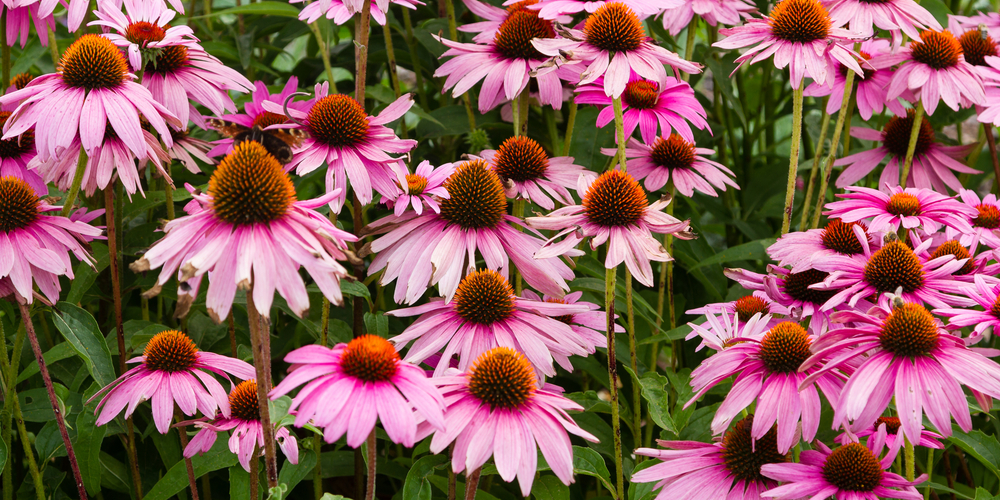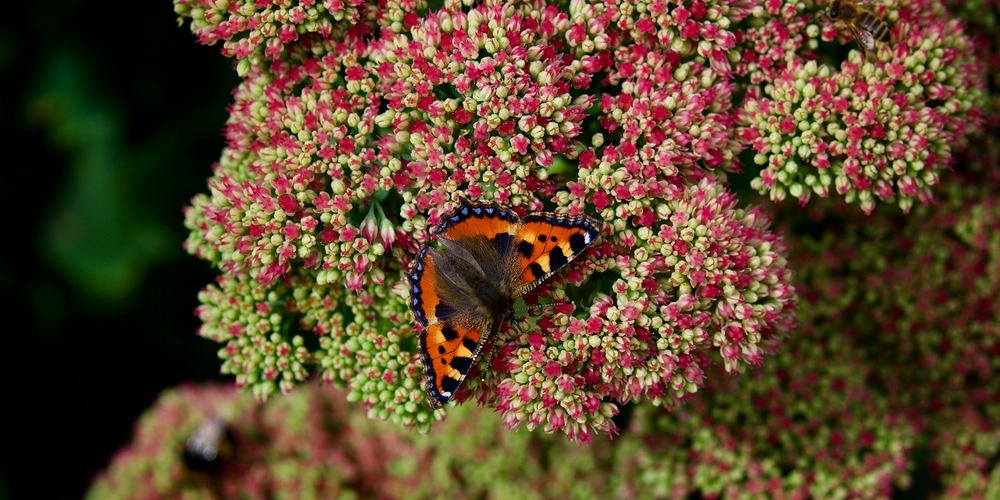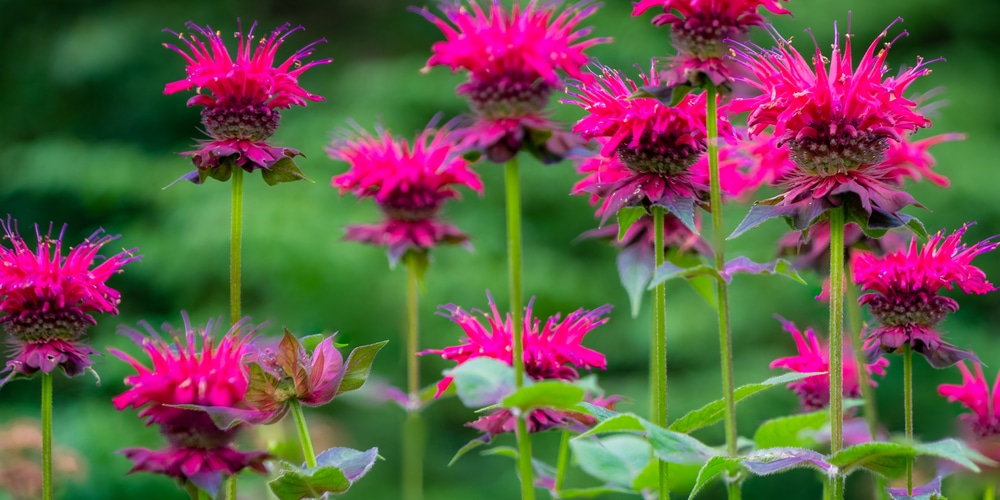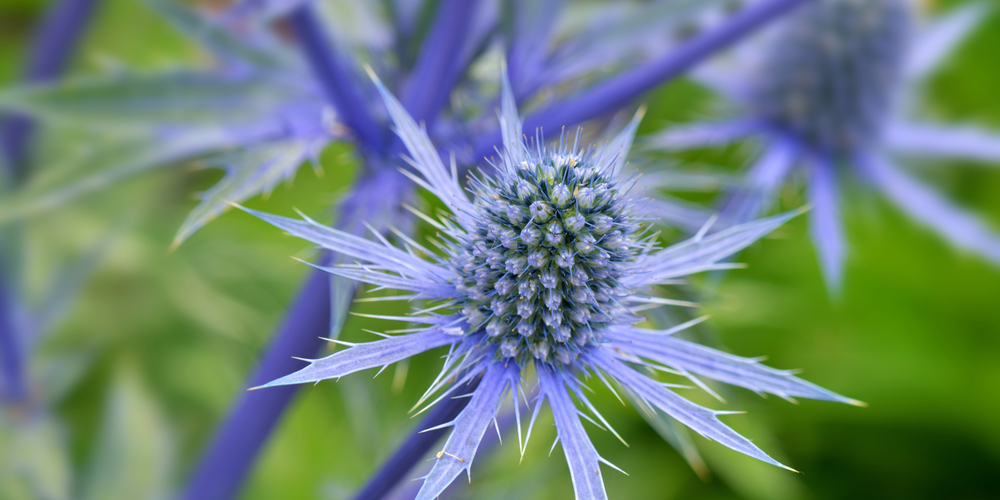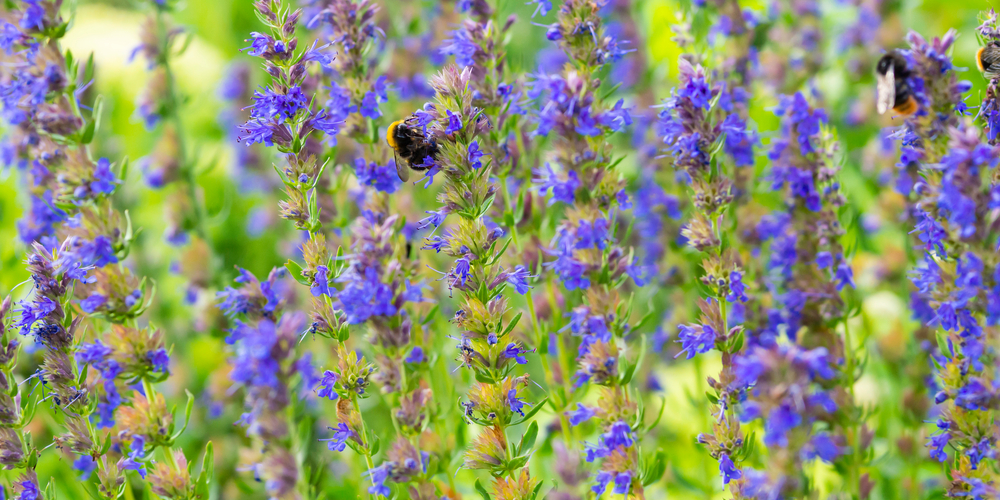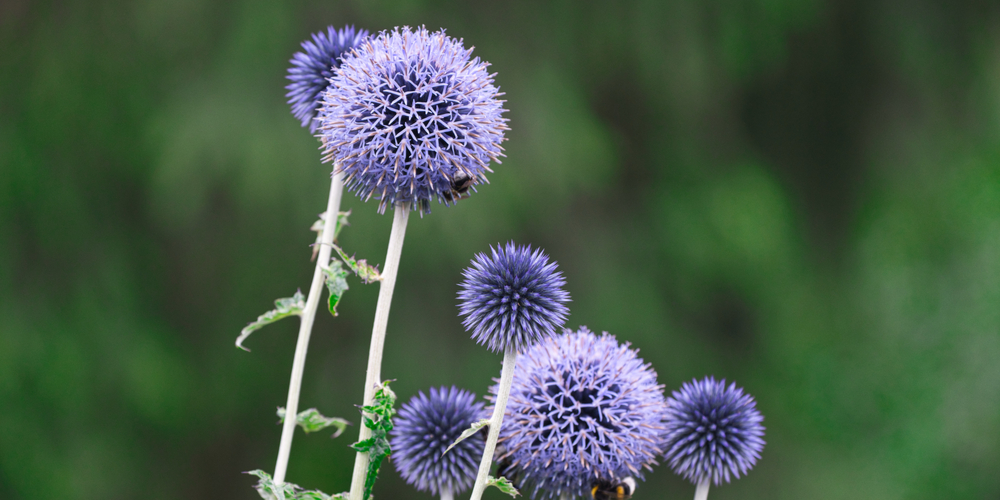Coneflowers (also known as Echinacea) are extremely popular thanks to their brightly colored blossoms that can be enjoyed during long flowering seasons. This article will discuss what to plant with cone flowers to give you an idea of all the multiples possibilities and approaches.
What to Plant with Cone Flowers
Due to their unique simple-to-grow nature, they are reliable performers that can tolerate practically anything, making them a reliable choice for many purposes.
On most occasions, butterflies, birds, and bees will be in the surroundings thanks to the presence of coneflowers, giving the environment a more natural and eco-friendly approach.
They are perfect choices for borders and beds, naturalized areas (like gardens), and prairies.
However, it would be a great mistake to just plant them alone without any companions. Thanks to their unique and bright colors, it is possible to find plants that can be perfectly combined with coneflowers.
1. Stonecrops
Also known as Sedums, they are a perfect companion for coneflowers as they are vigorous, carefree, and good-looking. Ideal to use for beds, borders, and rock gardens, these plants come in hundreds of types, offering a wide array of colors and sizes.
They are endurable thanks to their succulent nature which enhances the chances of surviving droughts due to having moisture-retaining leaves.
There are many outstanding types of stonecrops that can be planted with coneflowers, and they also enhance the environment by being attractive to bees, butterflies, and hummingbirds. However, make sure to grow them in full sun and dry to medium moisture with well-drained soils.
2.Bee Balm
Bee balms (also known as Monarda) are simply one of the showiest summer-blooming perennials that can be planted with coneflowers.
They are very distinctive and brightly colored (just like coneflowers) that create a great impact when used in mass plantings where they will stand out thanks to their unique nature. It would be better to plant them in rich, moist soils under full sun.
It is very important to note that Bee Balms are extremely prone to powdery mildew, and the best way to avoid this problem is by providing good air circulation and keeping constantly moist soil.
Other than that they are extremely similar (in features) to the coneflowers as they also encourage the appearance of butterflies and many other beneficial pollinators.
3.Sea Holly

This plant is extremely attractive as it comes with an “aggressive” finishing that has a silvery or blue-tinted flower head that is adorned with showy bracts.
It is definitely an option to consider when selecting companions for coneflowers as they enhance the appearance of rock gardens, coastal gardens, and borders with many foliages.
They do not require a lot of watering, only during long periods of drought. Also, they are practically carefree when established thanks to their unique nature and distinguished behavior in the environment.
Overall, it is a beautiful companion for glorious plants like the case of coneflowers, and since many bees and birds will be attracted, it becomes a valuable resource for many other plants in your garden.
4. Hyssop
Also known as Agastache, this plant is beautiful, aromatic, and rich in many qualities. Its incredible color palette and vertical lines with abundant blooms enhance your garden if it is combined with coneflowers.
There are drought tolerant and come with great versatility, making them a perfect option for many environments.
They can easily grow in full sun and in an average, dry to medium moisture well-drained soil. Thanks to their unique composition, they rarely suffer from any disease or pest invasion, but it is important to note that they could become subject to powdery mildew if they are not carefully treated.
They provide a unique bold visual impact in many environments such as borders, wildflower gardens, and prairie gardens. Also, while they can be planted practically whenever you want, it is recommended to plant them from early summer to early fall.
5. Globe Thistle
Known for adding a magnificent contrast and interesting colors to many gardens around the world, they are a trouble-free plant.
They offer steel blue or pristine white globe-shaped flowers that are enchanting on many levels. Perfect for borders, cottage gardens, and environments where coneflowers are planted.
They definitely love full sun while being on consistently moist well-drained soil.
They have great resistance and protection against most pests and diseases and they really have a strong magnet to attract bees and butterflies, making them a reliable partner for your other flowers.
What to plant with Cone Flowers: Conclusion
Thanks to the unique nature and features of coneflowers, it is simple to find more companies other than the previously listed.
However, it is important to know that the previous flowers are unique and special in their own ways, making them the best possible companies and acquisitions for your garden and borders.
Remember that every single one of them comes with different quirks and resistance against pests and diseases, never neglect your flowers for believing that everyone behaves in the same way.
You may also like: Do Geraniums Attract Butterflies?
